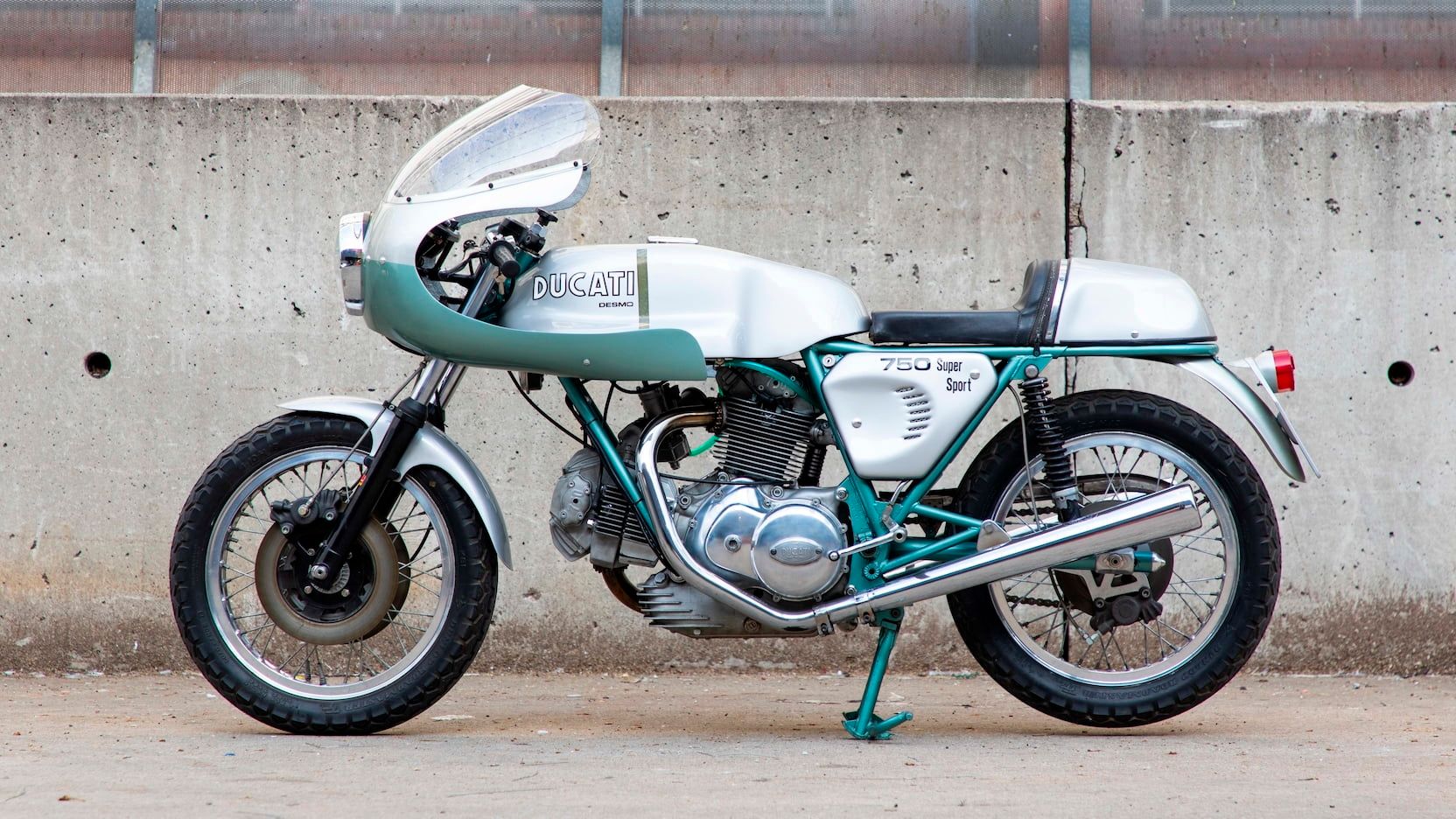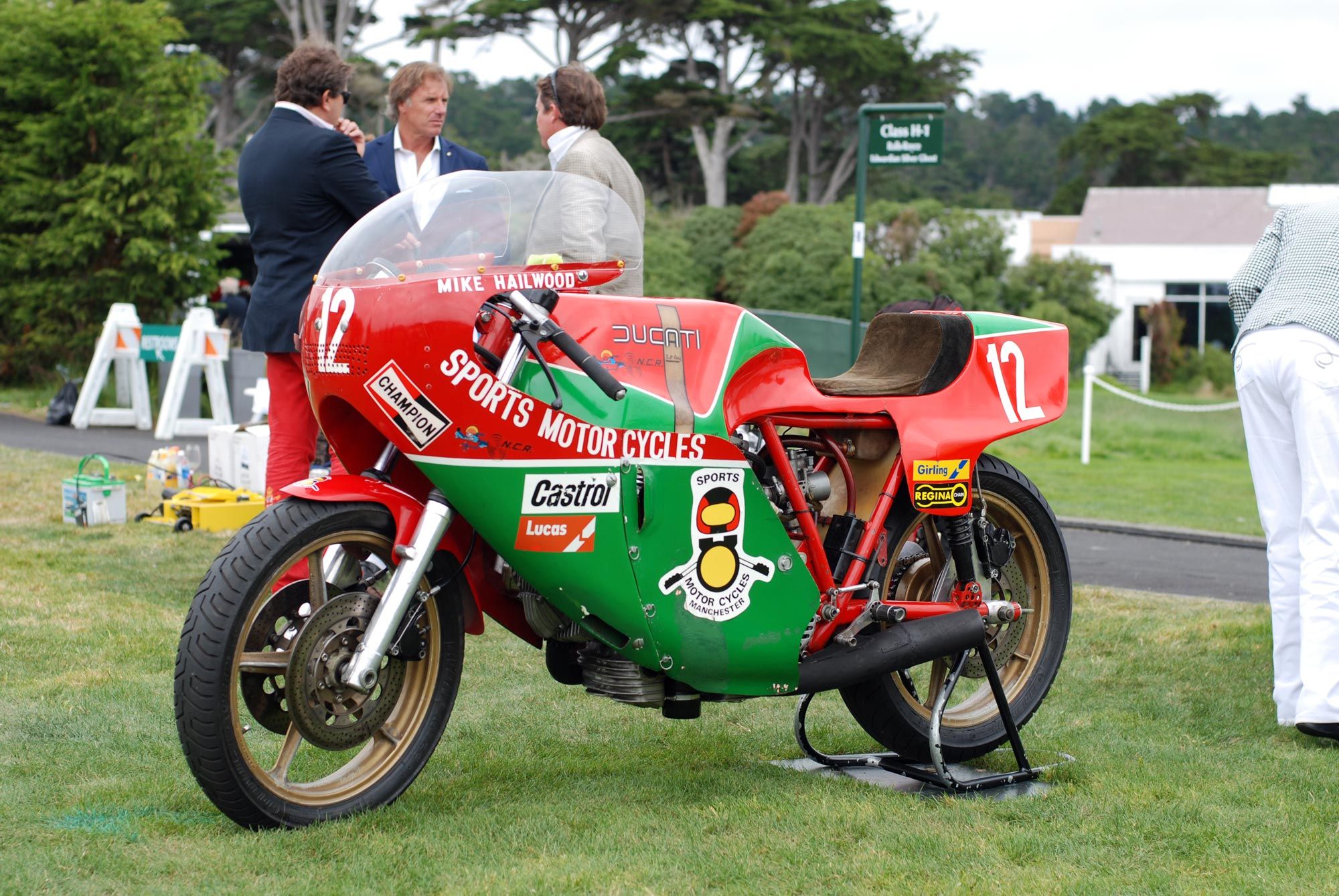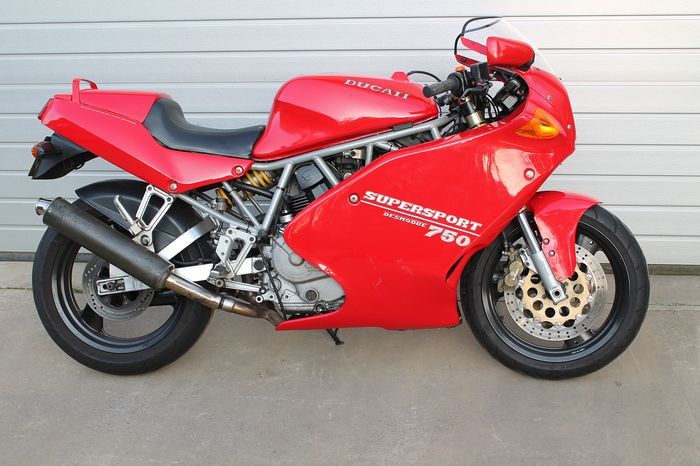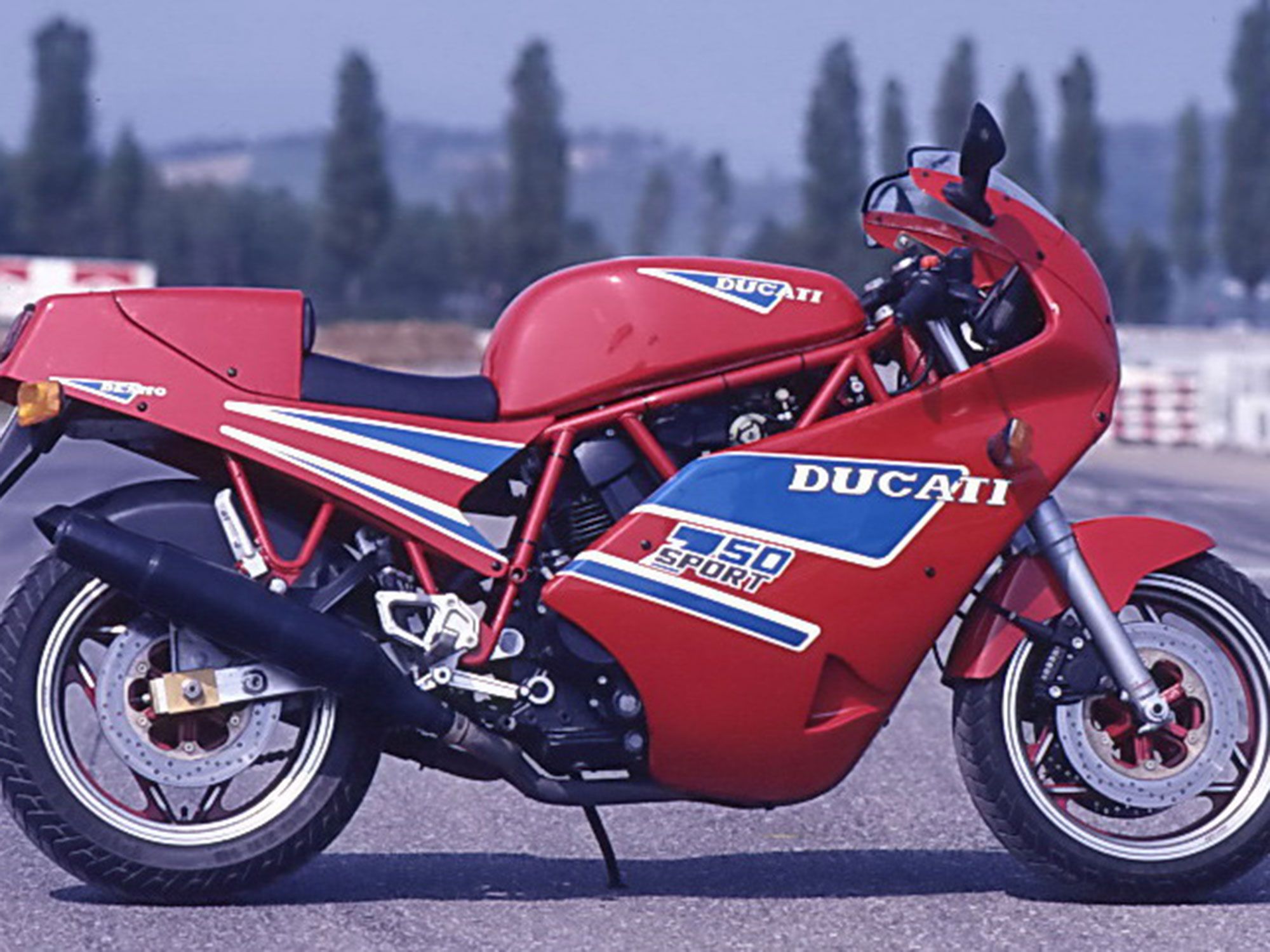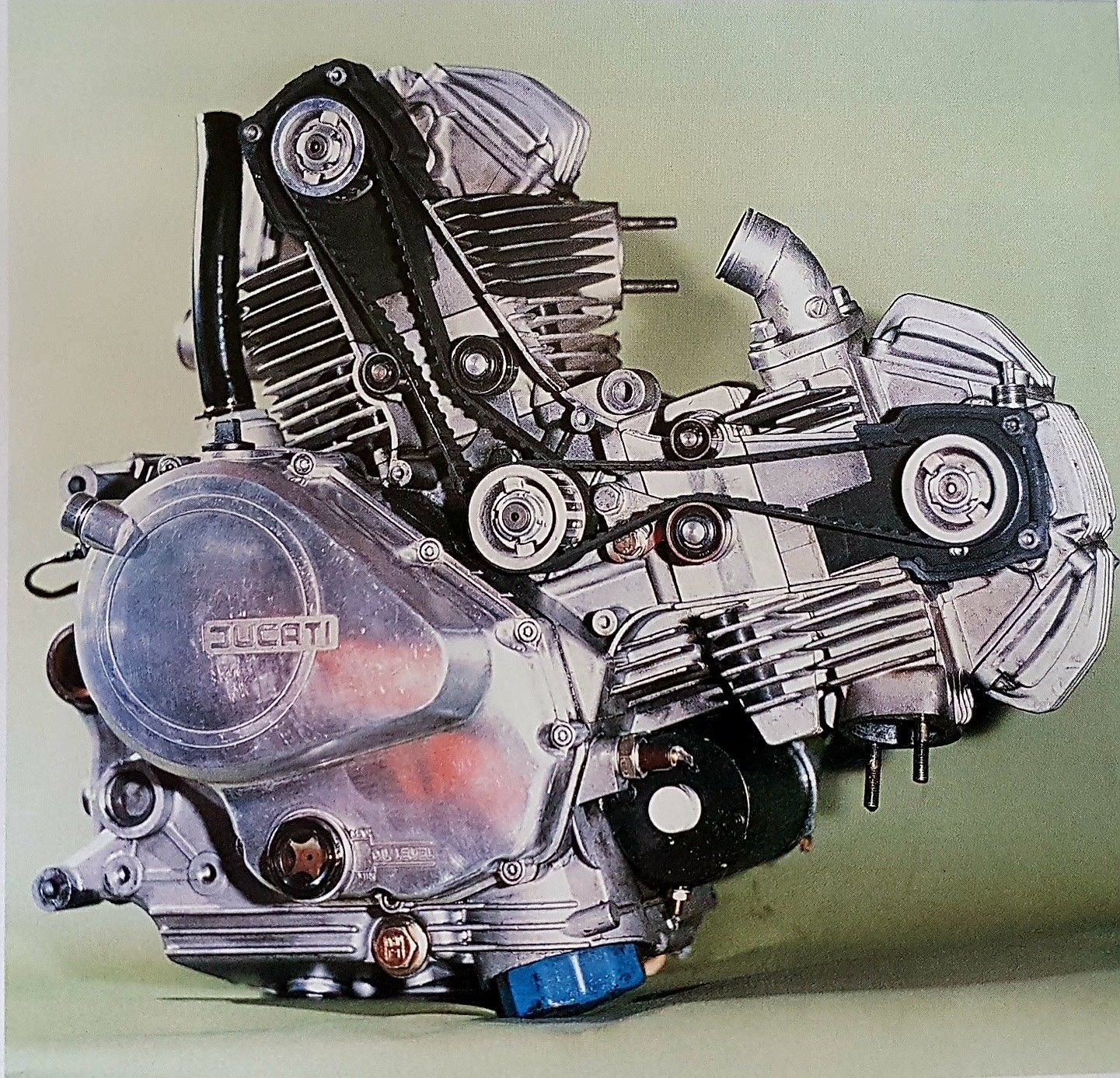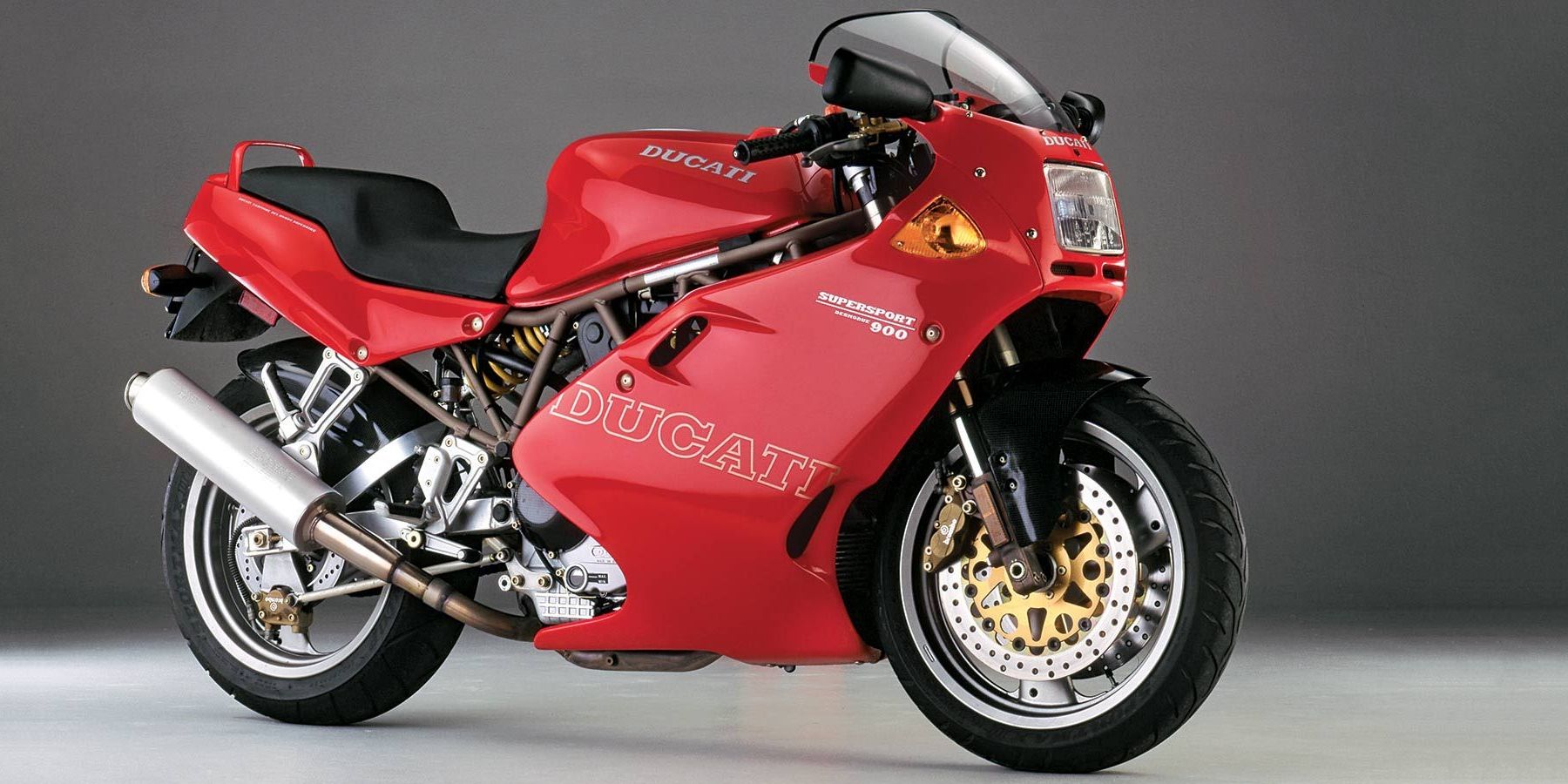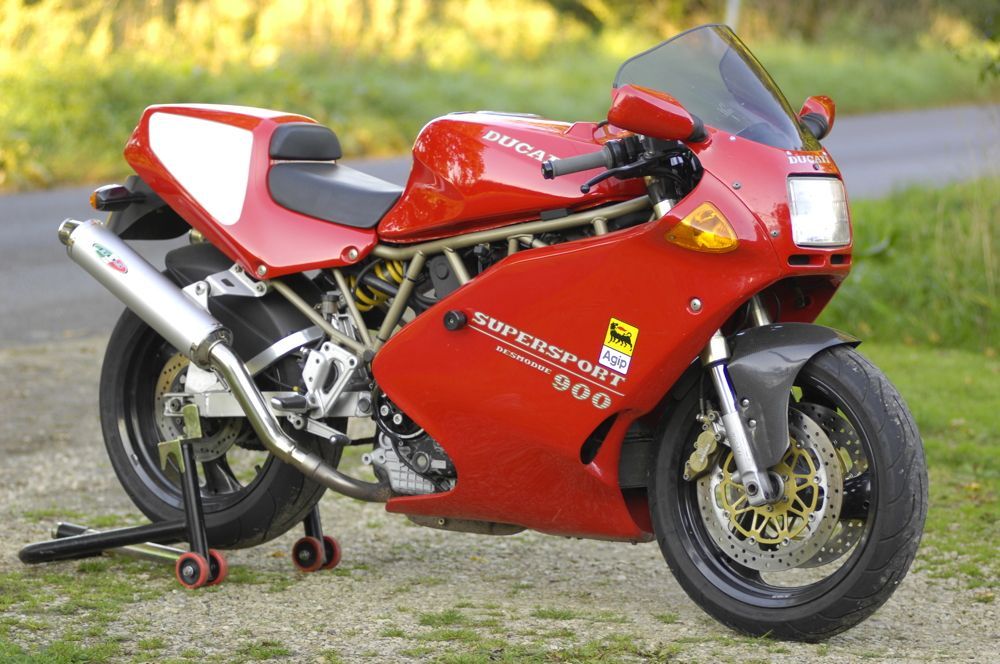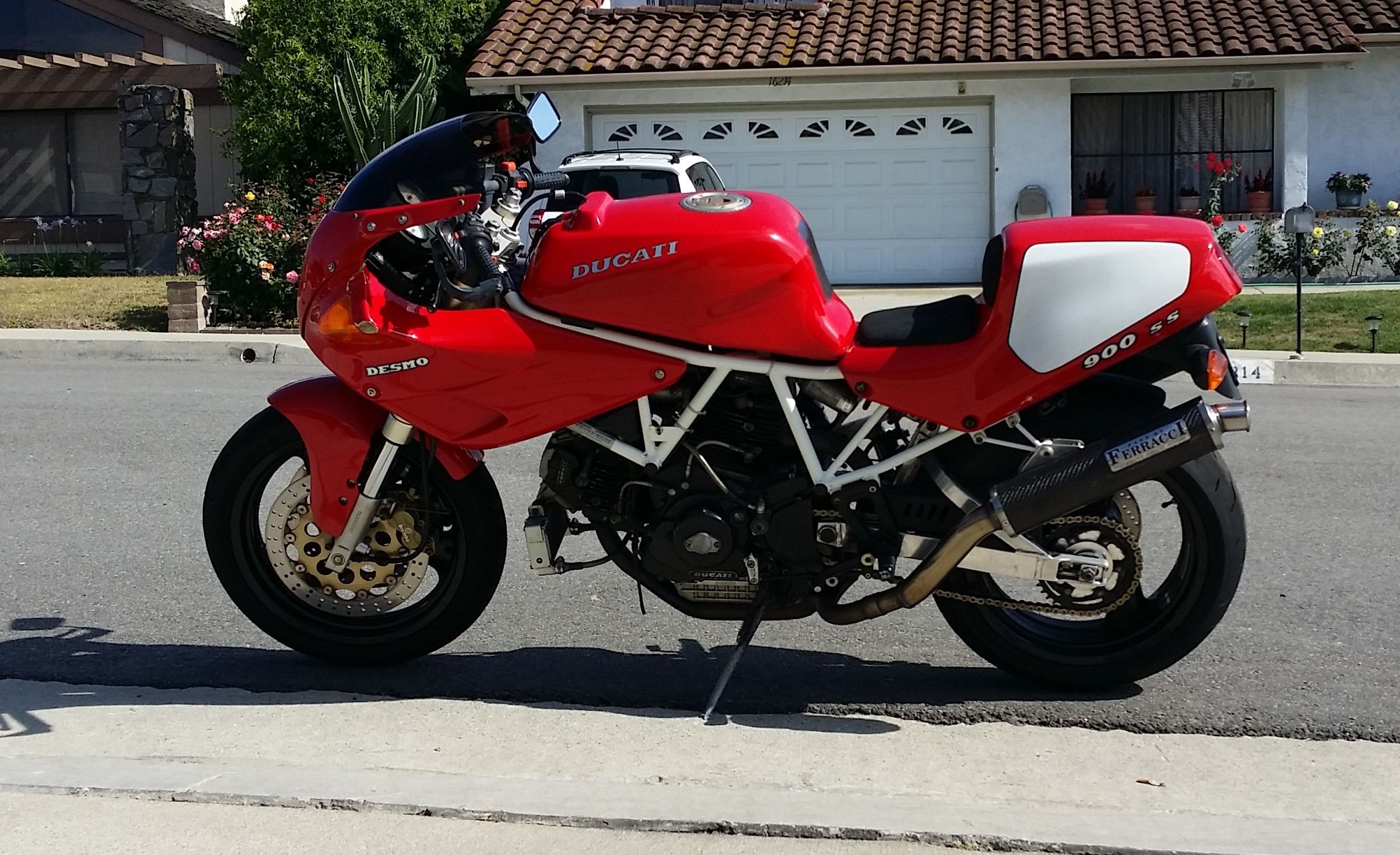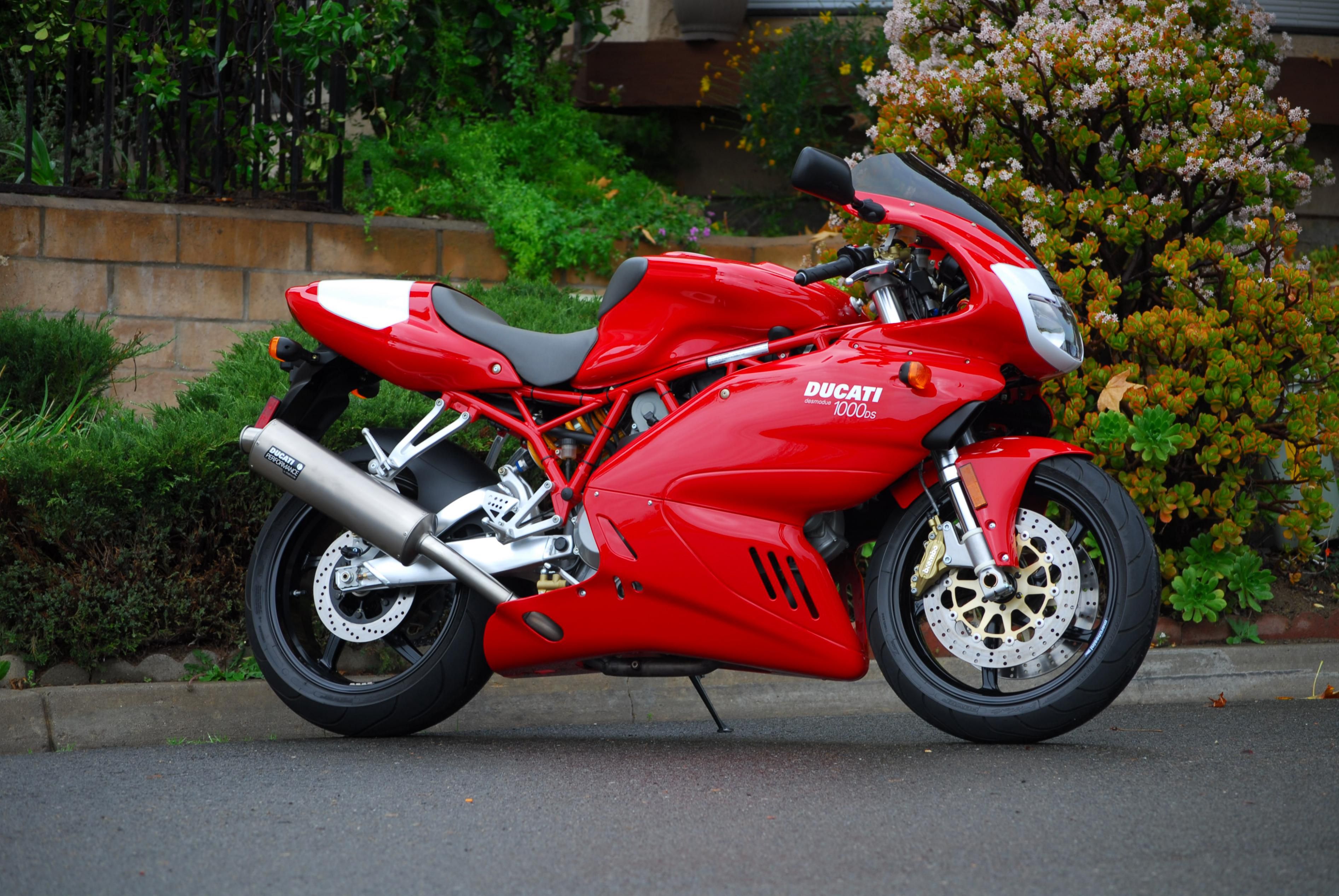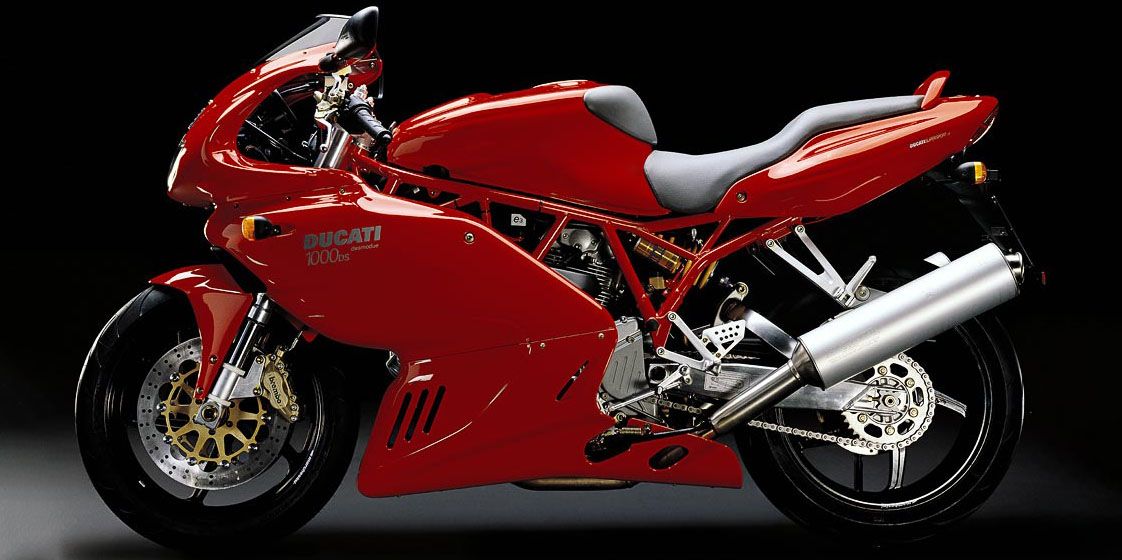When it was first developed back in the '70s, the Super Sport was the fastest, very best Ducati available. After the original 750 machine set the tone, it handed over the torch to the 900SS that became involved in one of Ducati’s most storied victories.
Mike Hailwood made one of the most famous motorsport comebacks in history when he rode his red and green machine to TT glory in 1978, this consequently put Ducati on the map in a way they had never really dreamed of before. It was this success that also gleaned over their many failures that followed in the 80s and outlived most of those involved in the event.
10 Legendary Original 750 Super Sport
Originally offered as a production version of the motorcycle that won at Imola 200 in 1972, it was truly designed by racers, for racers.
Only around 400 of these hand-built machines were made, Ducati quickly shifted production to the more powerful 900 and started selling these in large numbers.
9 Mike Hailwood Replica
After riding his 900SS to victory in the 1978 Isle of Man TT, he also rode into history, completing an incredible comeback.
Ducati were quick to cash in on this particular story, releasing a replica the following year that was supposedly made in limited numbers. It wasn’t really the case because of the demand for these bikes, unlike the previous 750 version, and they were made right up until the mid 80s when Ducati were eventually sold to Cagiva.
8 Relaunched As The SuperSport
After being sold to Cagiva, it was always going to be one of the models they persist with. It was expertly rebranded as the SuperSport, as it was no longer the top model and was to be marketed as a mid-range machine.
The first effort was to be based upon the 750 F1 and got its engine from the ill-fated Paso 750, a bike that did not win too many fans while it was in production.
7 First Generation 750 A Flop
Although the SS name had been around since the 70s, and had an incredible history, these late 80s/early 90s bikes are widely considered the 1st generation. Ducati has a complicated history and changed hands several times, so this awkward nomenclature is actually not that surprising.
What was surprising was the combination of a chassis that had far too much flex and an already unreliable engine for this return of the SS nameplate, it was to say the least an inauspicious start (or restart) and unless you are prepared for an expensive rebuild rather avoid these early 750 bikes.
6 Pantah To The rescue
After tripping at the first hurdle, Cagiva quickly sorted things out by stiffening the chassis and giving the bike the 900cc engine it desperately needed; the now famous Pantah 900.
It turned out to be a pivotal moment in the SS history as the bike started selling well, well enough for them to start expanding the model lineup.
5 Mass Expansion In The 90s
In all honesty, this was likely one of their many missteps. In an effort to appeal to an even broader audience, they decided in their infinite wisdom to make the bike with no less than 5 engine options, from 350 to the 900.
All this served to do was dilute their market, selling fewer different bikes rather than more of the bigger, plainly better bikes.
4 First Generation Ends As Ducati Hit The Weeds
By 1996 Ducati changed hands yet again, and once again the SS found itself in the spotlight for the wrong reasons, with a model lineup that made little sense to anyone, let alone their new owners.
Thankfully, the baby was not thrown out with the bathwater, and it was decided that by 1999 the bike would get a radical makeover and enter a second generation with the 750 and 900cc engines retained.
3 Unloved Second Stanza
This was Pierre Terblanche’s first design, and it was unilaterally met with disdain, and in some instances, hatred.
Once again, the SS was met with wildly negative reviews, this time all to do with the divisive styling. It at this point had proven running gear, albeit dated, all that would change by 2003.
2 Most Advanced Air Cooled Twin
Three new (kind of) engines were being developed for various models, all three were air cooled v-twins and all three would find a home in the now budget friendly SS.
The 620 was the smallest Ducati engine now available, it had a pretty high compression ratio and made a respectable 60 horsepower. The 800 had an equally high compression ratio and made a solid 74 horsepower, but the main attraction was the new 1000cc v-twin. It was the real deal, making 86 horsepower. It was good for 140 mph top speed, and the flat torque curve ensured it kept you entertained at any speed.
1 Production Ends Circa 2007
No matter how good the engines and equipment were, most people erred on the “hate it” side of the “love it” or “hate it” styling and sales were nowhere near where Ducati, and their (believe it or not) new owners, wanted them to be.
If you are on the “love it” side of the fence, these bikes offer good value on the used market, by far the most reliable Ducatis of the era.

.jpg)
